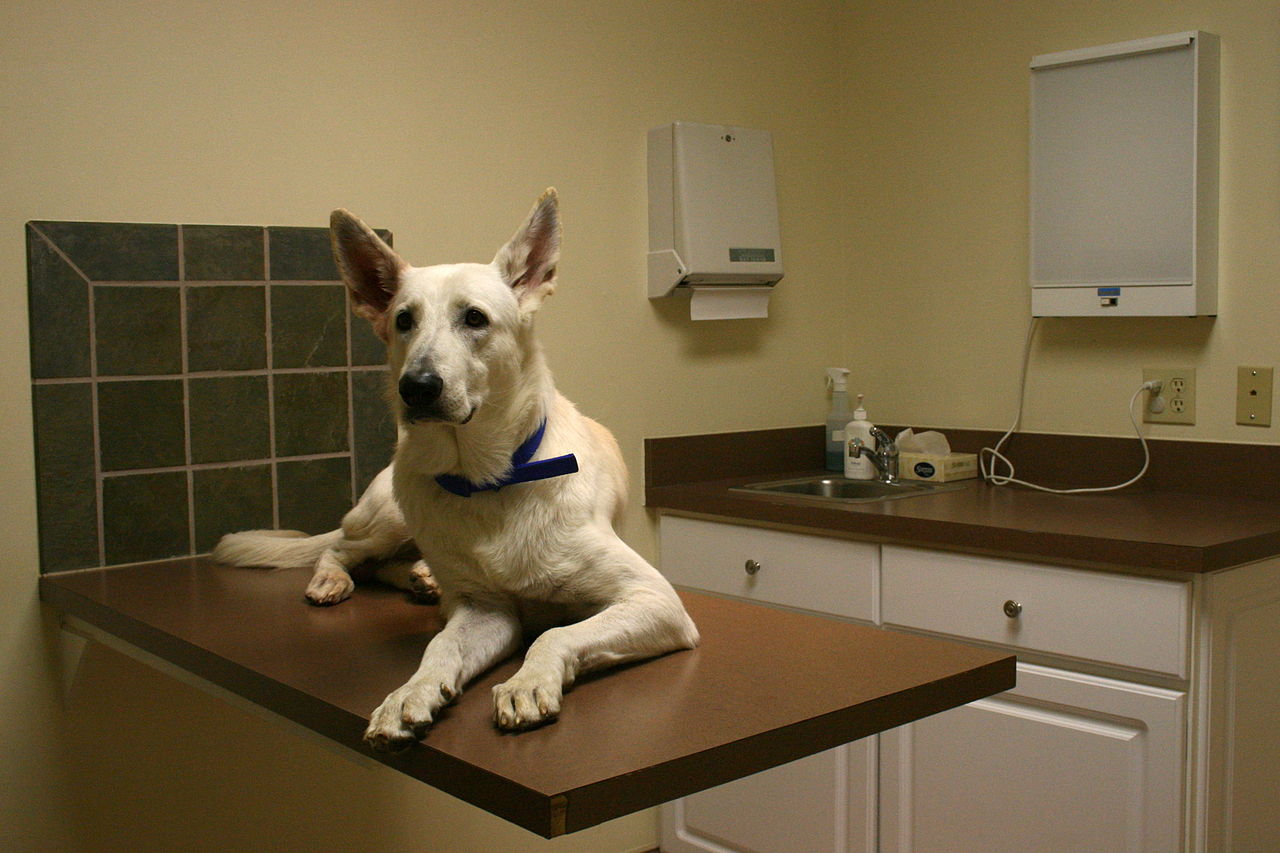
Brain tumors usually occur in older animals. They are more common in dogs than in cats. These tumors often metastasize from other cancers in the body.
The most common brain tumor is called meningioma. It is slow-growing and gets its name from the meninnges, a membrane which covers the brain and spinal cord. Other types of brain tumors are gliomas, adenomas, adenocarcinomas, etc.
Signs of a brain tumor in a pet can be strange or different behavior, head tilting, weakness, seizures, vomiting. If the condition worsens, other symptoms can be confusion, pacing, more frequent seizures and vomiting, paralysis.
Any time your pet has breathing problems, collapses, has continuous diarrhea and vomiting, is bleeding or crying in pain, no matter what the reason, take him/her to your veterinarian or emergency clinic immediately.
Your pet will undergo a complete physical and neurological examination including a CT scan or an MRI.
Treatment depends on the type of tumor and the stage. If symptoms are severe, your vet will attend to those first. Options for treatment are surgical removal of the tumor, radiation (your pet must be well enough to withstand the effects of anesthesia), chemotherapy, which is not generally effective and palliative treatment which offers help to control pain, calm inflammation and control seizures.
Survival time depends on how advanced the tumor is and how it is treated. Brain tumors that are aggressive do not have a good prognosis. Discuss with your vet what your options are and the quality of life your pet can expect.
Research and clinical trials continue to find more effective ways to treat brain tumors.
Additional Information:
Tumors are abnormal cell growths and can be either primary or secondary. There are several types of brain tumors including meningioma, glioma, choroid plexis papilloma, pituitary adenoma or adenocarcinoma.
Primary brain tumors begin in the brain’s membrane or cells. Secondary tumors are those that have metastasized from other locations in the body. Secondary tumors that may spread to the brain include hemangiosarcoma, mammary carcinoma and melanoma. Since these tumors have already metastasized, prognosis is poor.
Symptoms depend on the location of the tumor.
Signs for tumors of the frontal brain (thought and behavior) can appear as changes in behavior, increase or decrease in hunger or thirst, constant pacing or circling, decreased response, vision loss on one side, pain, seizures.
Tumors of the brain stem may affect the ability to walk, alertness, cause loss of balance, weakness on one side of the body, head tilting, staggering, circling, appetite loss, vomiting, change in voice, loss of eye movement, paralysis.
Symptoms of tumors of the cerebellum can be head tremors, swaying, uncontrolled gait.
Your vet will probably include body x-rays as part of the diagnosis to determine if the cancer has spread from another part of the body. Soft tissue brain tumors cannot be seen on x-ray which is why a CT (computerized tomography) or MRI (magnetic resonance imaging) are necessary. An MRI is preferred.
A mass can look like a tumor, but a sample must be taken (biopsy) to determine if it is cancer and the type.
Discuss with your veterinarian or a holistic vet, what treatments are advisable for your pet that may slow tumor growth and offer your pet a better quality of life.
In most cases, while brain cancer can be treated, it is not cured.



